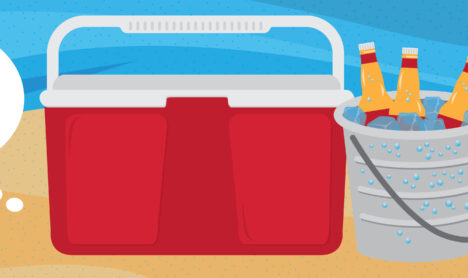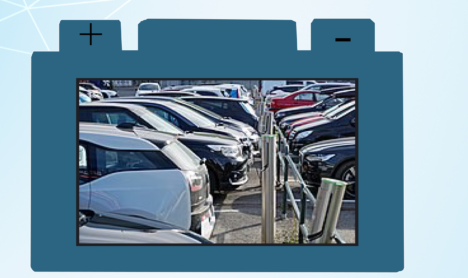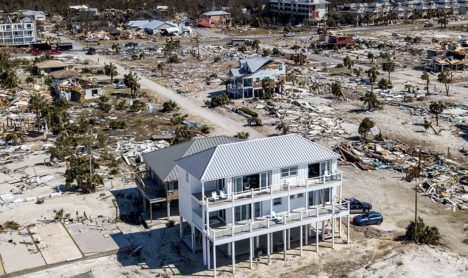Posts Categorized: Resilience
-

Weatherization Without Walkaways: Change is Coming, But Needs a Push
by Steve Cowell
Weatherization is in the news more than ever, with infrastructure funds coming and with state and federal legislation proposed to improve buildings.
Funding is necessary, but not sufficient, to solve our nation’s crisis in substandard housing. We absolutely need smart strategy. If we do not apply funds quickly and effectively, this opportunity could turn into its own crisis. This is what keeps me up at night.
-

Insulation: Maximizing Value of a Precious Resource
by Pat Stanton
How do you keep drinks cool when you’re out far from home? Bags – or blocks – of ice (duh)!
Consider ice, a precious energy resource in the great outdoors. Your choice of a container dramatically impacts your results: To keep cool all day will require much more ice (your precious resource) if you choose an open metal bucket, compared to a well-insulated cooler.
Getting to Zero
When you want to decarbonize the building sector, your precious energy resource is zero-carbon electricity (including its generation, transmission and distribution). Poorly insulated buildings waste energy resources, like an open metal bucket wastes precious ice on a hot day.
Read More -

Optimized Charging for EVs (Part 2): Who GIVs a V2G?
by Susan Buchan
Electric vehicles and hydrogen-fueled vehicles continue gaining market share. Why should you care? With these increases, the opportunities and challenges of transportation electrification are real – and coming soon to a driveway near you! EVs are now expected to reach parity with internal combustion engine vehicles in 2022, due to steady declines in battery costs.
-

Energy Efficiency: A Critical Component to Preparedness for Extreme Weather
by Pat Stanton
Record-breaking Hurricane Michael devastated coastal communities last fall. Because severe weather events on Florida’s Panhandle occur less frequently than on its Atlantic coast, that region was unprepared for such a potent storm. Panhandle building codes were less stringent than elsewhere,* and residents paid a steep price.
A famous picture from The New York Times shows one house unscathed in Mexico Beach, amidst flattened home sites. Why did this building withstand the storm? The owner worked with experts to design it for extreme weather events, using insulated concrete forms rather than taking a typical “design-to-code” approach. Learning this fact led me to consider the range of benefits that resilient buildings provide to their owners and occupants. Read More
Recent Articles
- Empowering Change: Advocating for Diversity in the Energy Efficiency Industry
- Workforce Advancements in Energy Efficiency: Heat and Frost Union Apprenticeships
- The U.S. Energy Efficiency Workforce: Deep-Dive Annual Insights
- #EEDay2023: Energy Efficiency Everywhere All at Once
- Unparalleled Opportunities Arise for Energy Efficiency Job Growth: Report